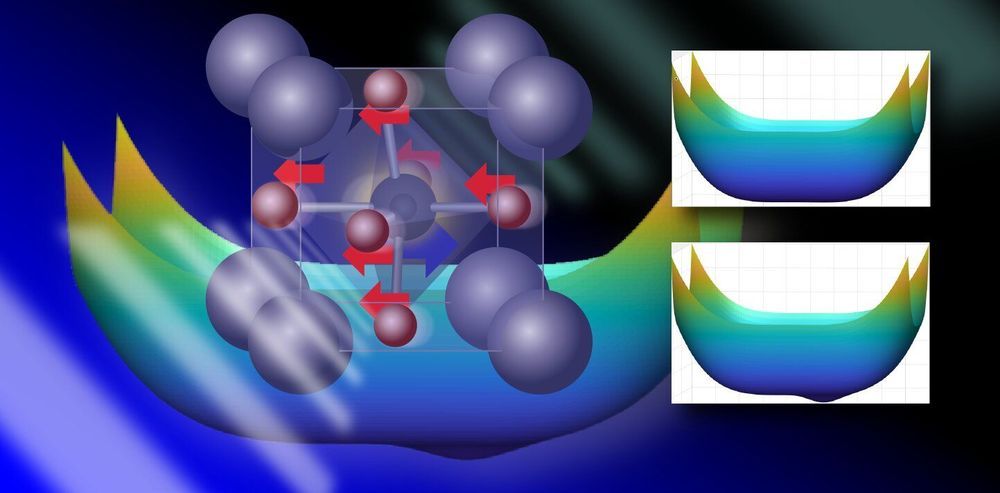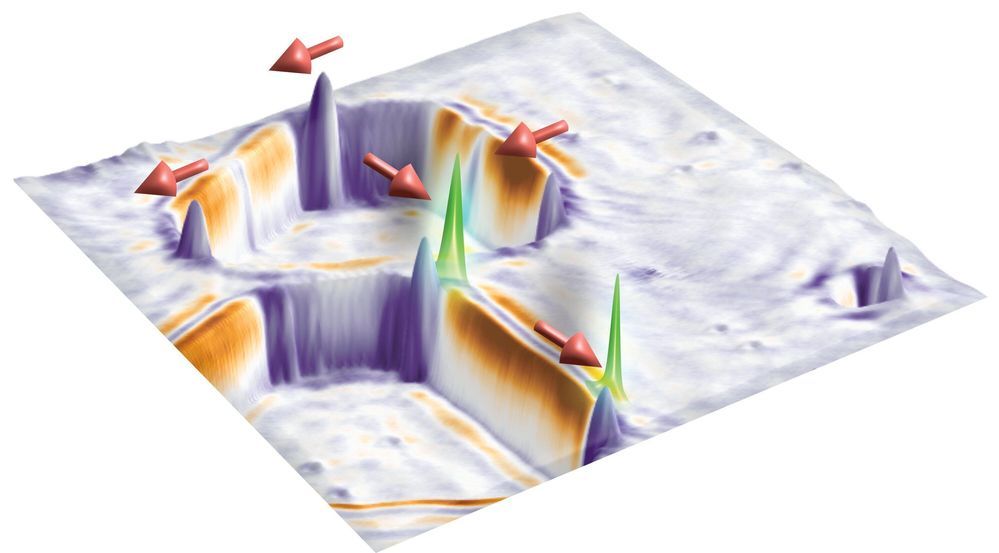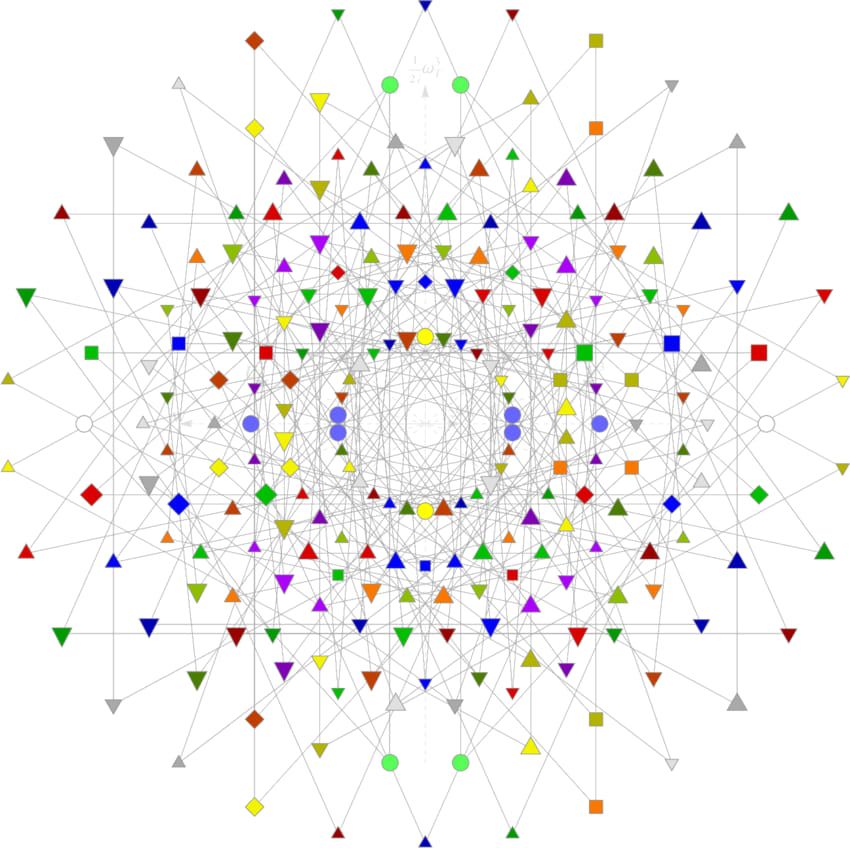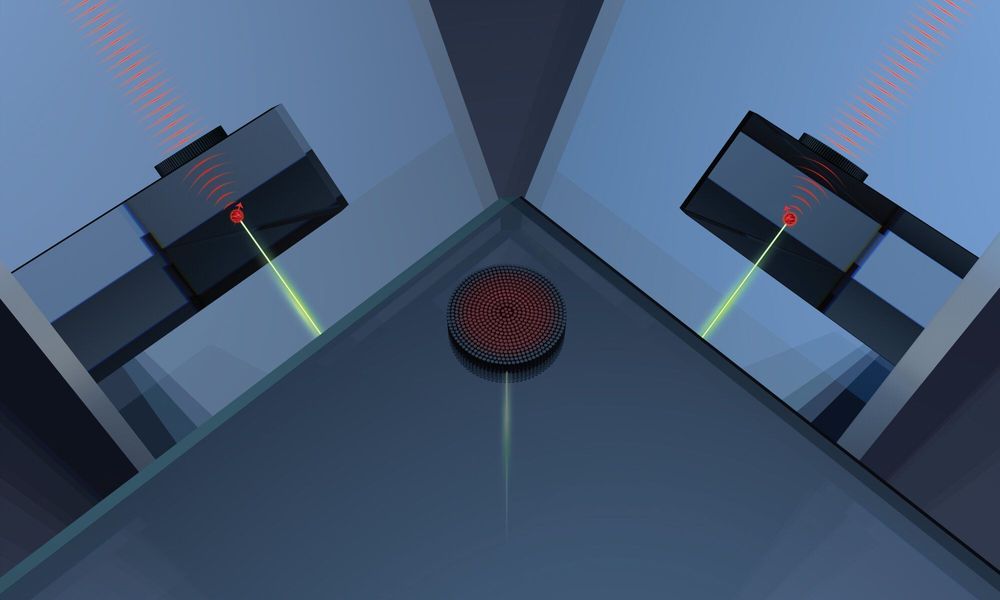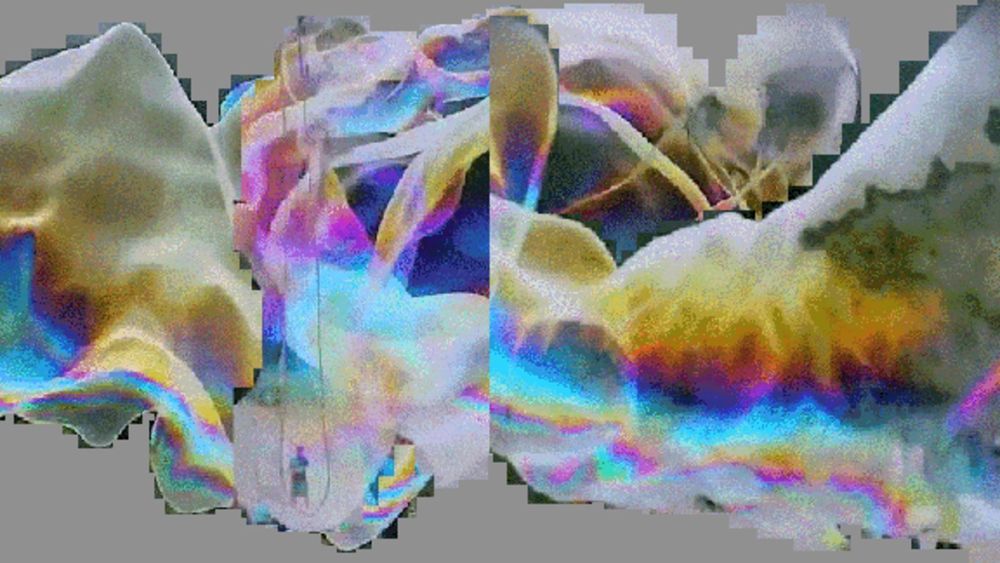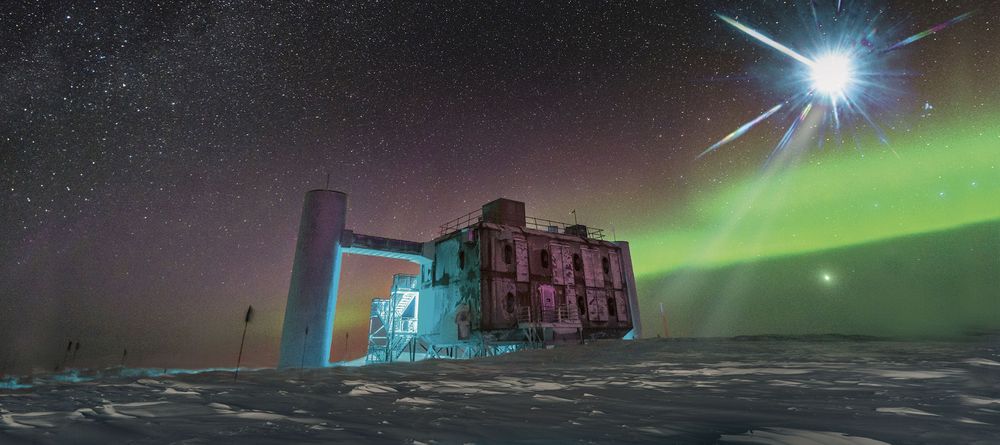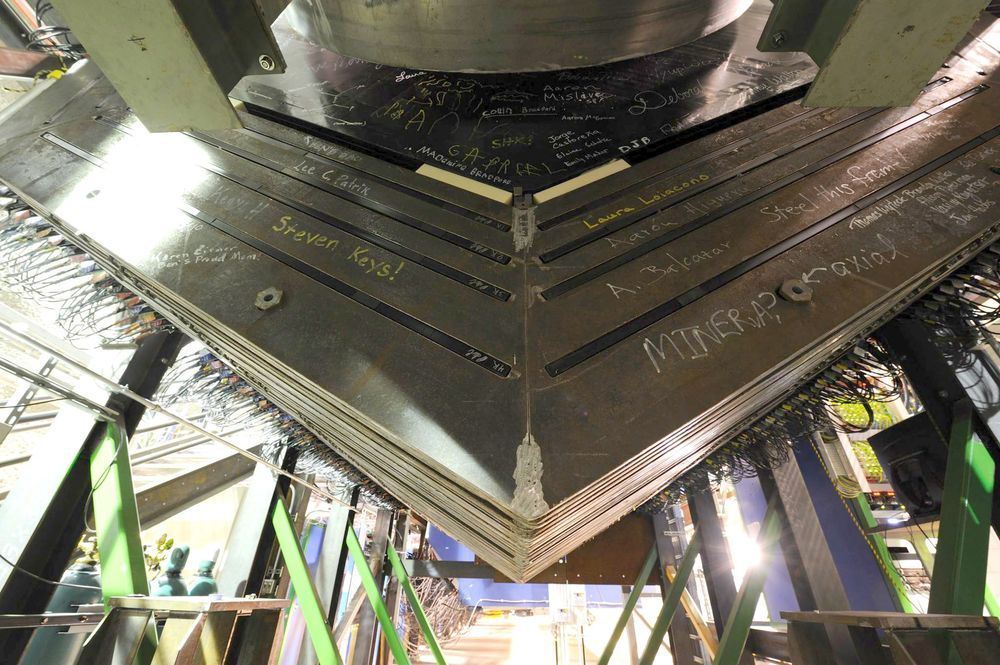Most people think of water as existing in only one of three phases: Solid ice, liquid water, or gas vapor. But matter can exist in many different phases—ice, for example, has more than ten known phases, or ways that its atoms can be spatially arranged. The widespread use of piezoelectric materials, such as microphones and ultrasound, is possible thanks to a fundamental understanding of how an external force, like pressure, temperature, or electricity, can lead to phase transitions that imbue materials with new properties.
Category: particle physics – Page 474
Exactly how and when the Saturn’s rings formed is an issue that has fascinated astronomers and planetary scientists for centuries.
The rings are made mostly of particles of water ice that range in size from smaller than a grain of sand to as large as mountains.
The ring system extends up to 175,000 miles (282,000km) from the planet, but for all their immense width, they are razor-thin, about 30 feet (10 meters) thick in most places.
As mysterious as the Italian scientist for which it is named, the Majorana particle is one of the most compelling quests in physics.
Its fame stems from its strange properties—it is the only particle that is its own antiparticle—and from its potential to be harnessed for future quantum computing.
In recent years, a handful of groups including a team at Princeton have reported finding the Majorana in various materials, but the challenge is how to manipulate it for quantum computation.
From the synapses that connect billions of neurons in the brain to the filaments of dark matter that link galactic superclusters, there’s a fractal reiteration across the magnitude of scales akin to the Mandelbrot fractal set. The mathematics behind the Mandelbrot set, which is derived from a very simple underlying formula, makes me think that its intricate fractal chaos and stunningly beautiful design can’t help but leave a feeling that there’s something larger than life going on here, that you are staring right at some ineffable cosmic mystery. https://www.ecstadelic.net/top-stories/ubiquity-of-patterns-in-nature #patterns #fractals #fractality #SyntellectHypothesis #FiveParadigms #MindsEvolution #FractalPatterns #EmergentPatterns #AsAboveSoBelow #UbiquitousPatterns #FractalGeometry #SacredGeometry #MandelbrotSet #MTheory #MultiFractality
In Nature, we find patterns, designs and structures from the most minuscule particles, to expressions of life discernible by human eyes, to the greater cosmos. These inevitably follow geometrical archetypes, platonic solids, some call it sacred geometry, which reveal to us the essence of each form and its vibrational resonances. They are also symbolic of the underlying holistic principle of inseparability of the part and the whole.
It is this principle of oneness underlying all geometry that permeates the architecture of all form in its myriad diversity. This principle of interconnectedness, inseparability and unity provides us with a continuous reminder of our relationship to the whole, a blueprint for the mind to contemplate the sacred foundation of all things created.
A non-compact real form of the E8 Lie algebra has G2 and F4 subalgebras which break down to strong su, electroweak su x u, gravitational so(3,1), the frame-Higgs, and three generations of fermions related by triality. The interactions and dynamics of these 1-form and Grassmann valued parts of an E8 superconnection are described by the curvature and action over a four dimensional base manifold.
https://www.researchgate.net/…/2217412_An_Exceptionally_Sim…
ð½ ð¯
At the chemical level, diamonds are no more than carbon atoms aligned in a precise, three-dimensional (3D) crystal lattice. However, even a seemingly flawless diamond contains defects: spots in that lattice where a carbon atom is missing or has been replaced by something else. Some of these defects are highly desirable; they trap individual electrons that can absorb or emit light, causing the various colors found in diamond gemstones and, more importantly, creating a platform for diverse quantum technologies for advanced computing, secure communication and precision sensing.
Quantum technologies are based on units of quantum information known as “qubits.” The spin of electrons are prime candidates to serve as qubits; unlike binary computing systems where data takes the form of only 0s or 1s, electron spin can represent information as 0, 1, or both simultaneously in a quantum superposition. Qubits from diamonds are of particular interest to quantum scientists because their quantum-mechanical properties, including superposition, exist at room temperature, unlike many other potential quantum resources.
The practical challenge of collecting information from a single atom deep inside a crystal is a daunting one, however. Penn Engineers addressed this problem in a recent study in which they devised a way to pattern the surface of a diamond that makes it easier to collect light from the defects inside. Called a metalens, this surface structure contains nanoscale features that bend and focus the light emitted by the defects, despite being effectively flat.
Any day now, quantum computers will solve a problem too hard for a classical computer to take on. Or at least, that’s what we’ve been hoping. Scientists and companies are racing toward this computing milestone, dubbed quantum supremacy and seemingly just beyond our reach, and if you’ve been following the quantum computing story, you might wonder why we’re not there yet, given all the hype.
The short answer is that controlling the quantum properties of particles is hard. And even if we could use them to compute, “quantum supremacy” is a misleading term. The first quantum supremacy demonstration will almost certainly be a contrived problem that won’t have a practical or consumer use. Nonetheless, it’s a crucial milestone when it comes to benchmarking these devices and establishing what they can actually do. So what’s holding us back from the future?
A key obstacle to controlling on Earth the fusion that powers the sun and stars is leakage of energy and particles from plasma, the hot, charged state of matter composed of free electrons and atomic nuclei that fuels fusion reactions. At the U.S. Department of Energy’s (DOE) Princeton Plasma Physics Laboratory (PPPL), physicists have been focusing on validating computer simulations that forecast energy losses caused by turbulent transport during fusion experiments.
Researchers used codes developed at General Atomics (GA) in San Diego to compare theoretical predictions of electron and ion turbulent transport with findings of the first campaign of the laboratory’s compact—or “low-aspect ratio”—National Spherical Torus Experiment-Upgrade (NSTX-U). GA, which operates the DIII-D National Fusion Facility for the DOE, has developed codes well-suited for this purpose.
Low-aspect ratio tokamaks are shaped like cored apples, unlike the more widely used conventional tokamaks that are shaped like doughnuts.
The IceCube Laboratory at the Amundsen-Scott South Pole Station, in Antarctica, hosts the computers that collect raw data from the sensors buried in the ice below.
Website of the IceCube Neutrino Observatory, featuring news, galleries, and information about the mission of IceCube, the IceCube Collaboration, and IceCube’s scientific outcomes.
MINERνA
Posted in particle physics
On March 14, 2012, MINERνA submitted a preprint demonstrating communication using neutrinos. Though not a part of the experiment’s physics program, this is the first reported instance of a message being transmitted by neutrinos. Scientists used ASCII code to represent the word “neutrino” as a series of 1s and 0s. Over a period of 6 minutes, this sequence was delivered by either the presence or absence of a neutrino pulse, over a distance of about a kilometer.
Underside of the front of the MINERνA neutrino detector in 2011. The names of experiment contributors are handwritten on the front of the detector. Main Injector Experiment for ƒË-A, or MINERνA, is a neutrino scattering experiment which uses the NuMI beamline at Fermilab. MINERνA seeks to measure low energy neutrino interactions both in support of neutrino oscillation experiments and also to study the strong dynamics of the nucleon and nucleus that affect these interactions.
